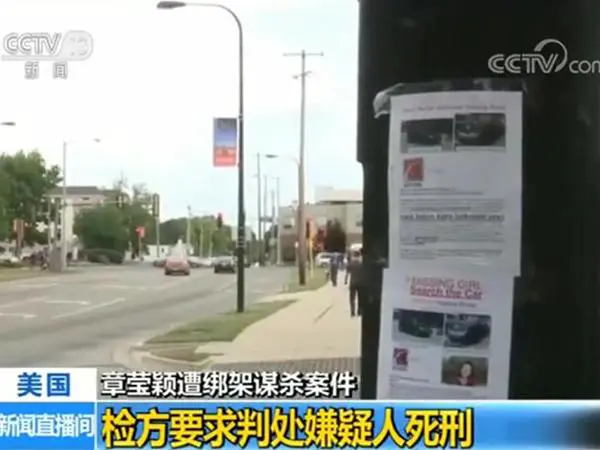The Seine has continued to rise and was expected to peak early on Monday, keeping Paris on alert and bringing the prospect of a lengthy cleanup operation.
The river’s level rose to 5.82 metres (19 feet) on Sunday, more than four metres above its normal level, causing problems for commuters and residents near its overflowing banks.
The capital’s Bateaux Mouches rivercraft were out of service, and only emergency services were authorised to navigate the Seine.
The Vigicrues flooding agency has predicted that the river will peak at 5.95 metres (19.5ft) by Monday morning, not quite reaching the 2016 high of 6.1 metres, when the Louvre was forced to shut for four days.
But the world’s most-visited museum was on high alert on Sunday, along with the Musée d’Orsay and Musée de l’Orangerie, with the lower level of the Louvre’s Islamic arts wing closed to visitors at least until Monday.
A statue of an Algerian-French army soldier from the Crimean war named Zouave, which has guarded the river at Pont de l’Alma bridge since 1910, was drenched up to the thighs.
Police again warned Parisians against bathing or canoeing in the river, saying it was “forbidden and extremely dangerous”.
More favourable weather is expected for the week ahead, and Vigicrues has lowered its warning level from orange to yellow in several areas upstream of the capital.
But even once the water levels start to recede, forecasters and officials say it will be a slow process, as much of the ground in northern France is waterlogged.
Jérôme Goellner, the regional head of environmental services, said: “If we’re talking about things getting completely back to normal, that’s going to take weeks.”
Police say about 1,000 people have been evacuated from their homes in the greater Paris region, while about 1,500 homes were without electricity.
Some basements in Paris began to see leaks on Friday, and a health centre in the north-western suburbs, where 86 patients were receiving care, was evacuated because of flooding.
This December-January period is the third-wettest since data collection began in 1900, according to France’s meteorological service.
However, fears of flooding like that of 1910, which saw the Seine rise to 8.62 metres, shutting down much of Paris’s basic infrastructure, appeared unfounded.
A main commuter line, the RER C, has halted service at Paris stops indefinitely, and some roads that run alongside the Seine have been closed.
The Seine flows through a deep channel in Paris, limiting the potential flooding damage to riverside structures.
But several areas on the city’s outskirts are under water, such as the south-eastern suburb of Villeneuve-Saint-Georges, where some residents were getting around by boat and dozens have been evacuated from their homes.
(THE GUARDIAN)
 简体中文
简体中文



